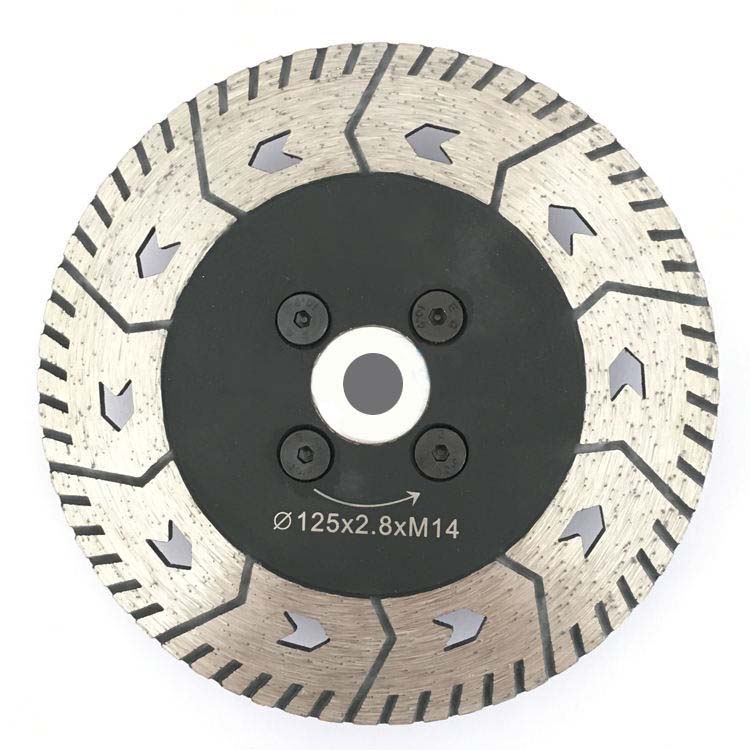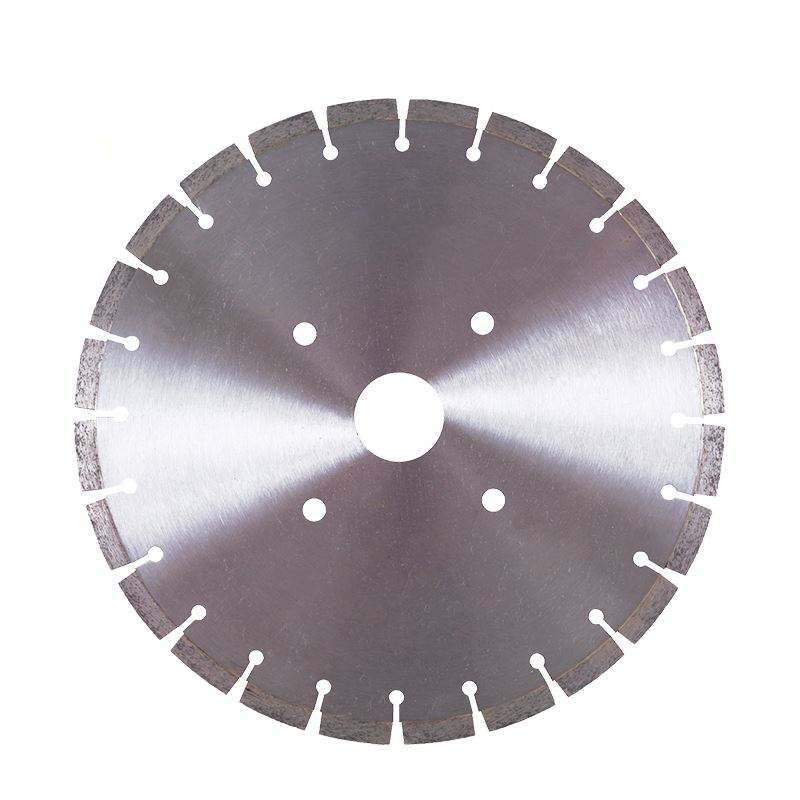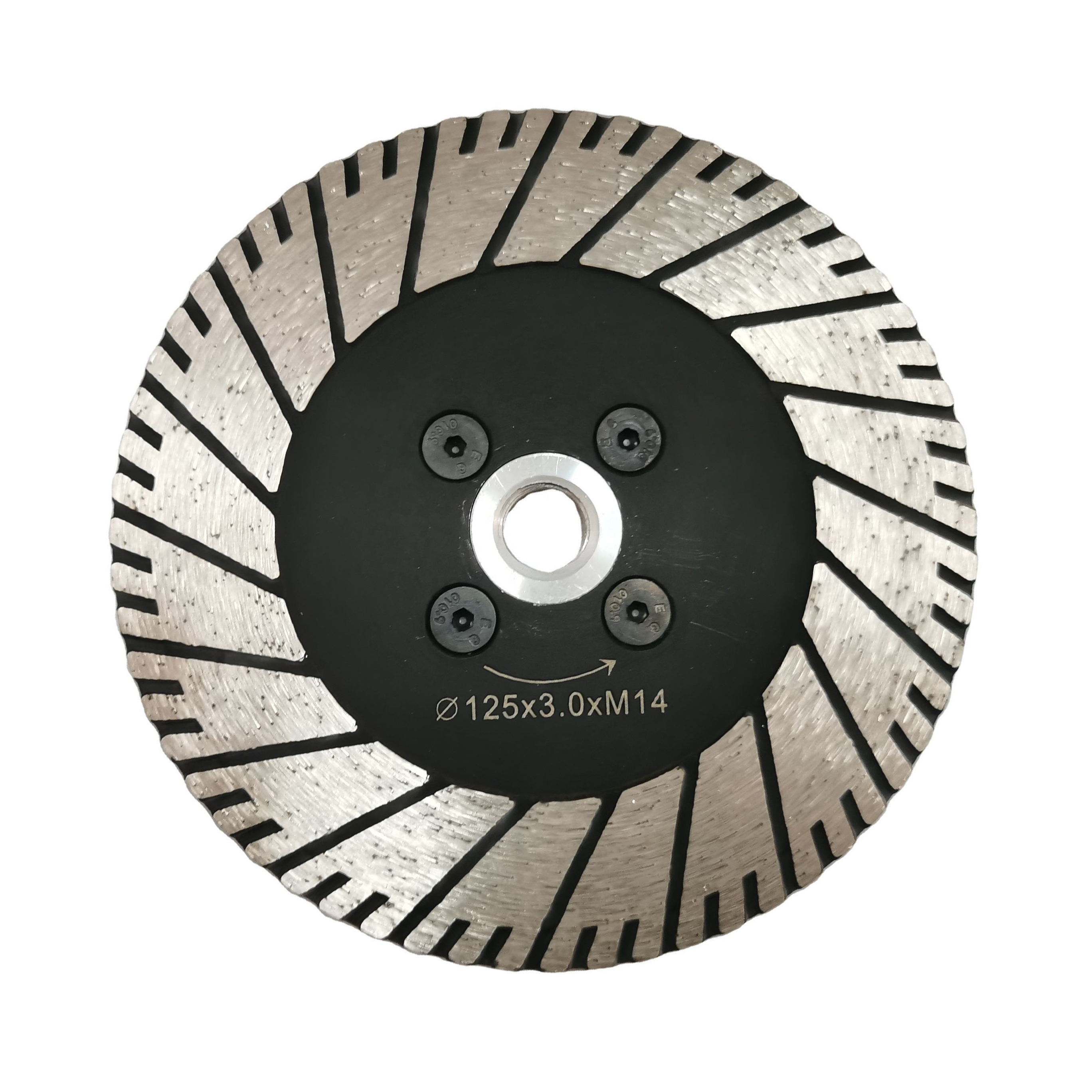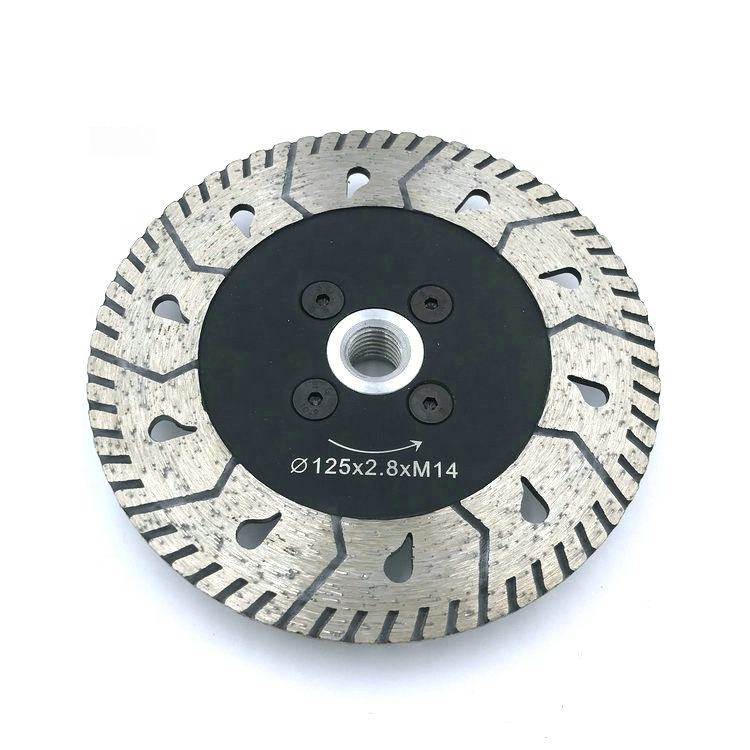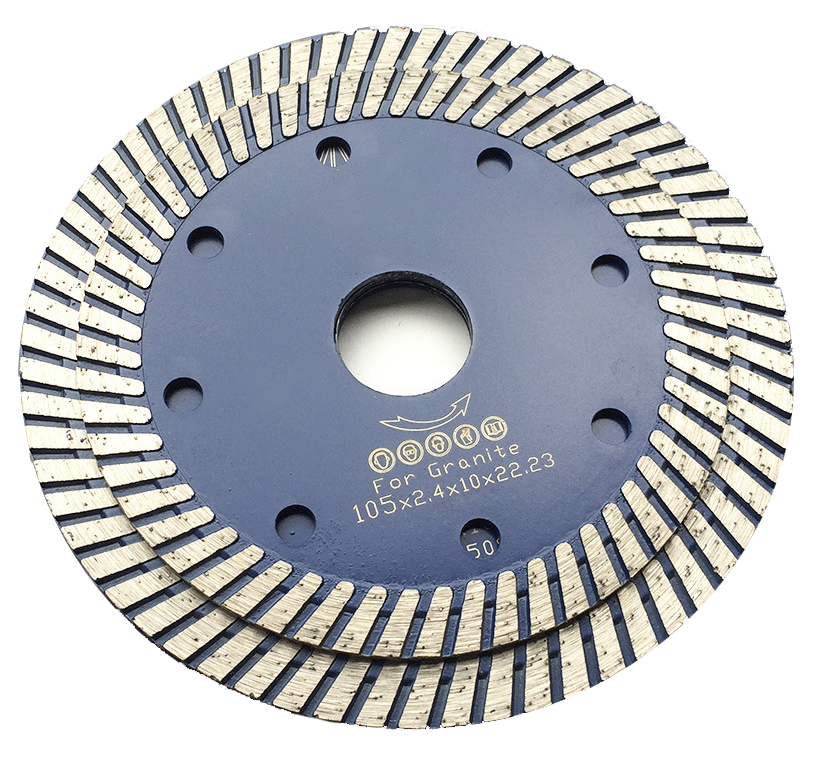Grinding and polishing involve similar mechanical motions, and their underlying principles align. However, in terms of surface quality, polished surfaces exhibit higher brightness compared to those achieved through grinding. Essentially, polishing can be considered a subsequent step to grinding and can often be carried out on the same flat polishing machine concurrently. Grinding typically entails both coarse and fine grinding stages, while polishing is divided into rough and fine polishing phases. In many instances, achieving the desired surface quality only requires three processes: rough grinding, fine grinding, and fine polishing. These processes collectively ensure high levels of flatness, parallelism, and surface roughness. For clients with less stringent accuracy requirements, the initial two processes or just the fine grinding process may suffice. The choice of operation depends on both the intrinsic appearance quality of the workpiece and the quality standards specified by the customer.
Grinding and polishing can both be performed on the same flat polishing machine, albeit with different configurations. Grinding necessitates grinding discs and grinding fluids, while polishing employs polishing fluids along with polishing discs, pads, cloths, wheels, etc.
Polishing discs are typically made of felt, rubber, leather, cotton products, or pressed cardboard, offering a degree of flexibility. Polishing pastes consist of abrasive materials such as chromium oxide or iron oxide, combined with oleic acid and soft grease. Commonly used abrasives for polishing include electric corundum and iron oxide, primarily utilized for steel processing, while emery and chromium oxide are preferred for aluminum, hard aluminum, and copper. Silicon carbide and iron oxide are commonly used for iron casting processing.
During polishing, workpieces are pressed against a high-speed rotating polishing wheel. The polishing paste medium generates a thin, soft film on the metal surface, which can be removed without leaving scratches by an abrasive softer than the material of the workpiece. Additionally, the high-speed friction generates heat on the workpiece surface, inducing plastic flow of the surface material. This process fills in the original microscopic unevenness of the surface, resulting in a highly reflective, mirror-like surface.
An essential feature of mechanical polishing machines is the provision of a mechanism capable of transmitting high-frequency axial reciprocating motion with a small stroke to the polishing wheel. This motion continuously intersects wear marks, effectively eliminating marks formed on the processing surface. Typically, this movement is facilitated by a special mechanism mounted on the main sleeve of a mechanical polishing machine, known as a vibrator. When using a jig for mechanical polishing, an elastic pad or spring device made of leather, rubber, etc., should be placed on the workpiece.

